THE HUMAN FACT

We live in a world where AI is becoming more relevant every day, and human thought and its spontaneity have gradually ceased to surprise the new generations.
Artificial intelligence is everywhere; from a smart watch to a robot that helps operate brain tumors. It’s incredible the leap it has taken in the last 10 years, and more and more AI is replacing human skill and mind.
The world of art and graphic expression has not been the exception. every day new algorithms are written by passionate programmers with this new way of “expression” of 0 and 1 to create really beautiful and random images and compositions. New artists have emerged exhibiting and selling this new type of art and the public’s acceptance and admiration has been almost instantaneous. We marvel at the thought that programming code and artificial intelligence could create such beautiful art.
This is where Generative Art is born. Generative Art is that which, partially or in its entirety, has been created with the use of an autonomous system. An autonomous system is, in this context, generally one that is non-human and can independently determine features of a work of art that would otherwise require decisions made directly by the artist.
The human fact collection is an experiment that aims to show that the human brain is capable of generating graphic compositions and art through randomness alone and without following any rule, pattern or written code. Only attached to the human factor of observation.
The human fact is a collection of 50 pieces of NFT art created randomly from the original image called ‘The source’ that has been divided into 48 rectangles arranged in a 6×8 grid. In each of the pieces of the collection, each rectangle is changed from its final position, and every 10 iterations the randomness complexity increases, changing the size, style and effect on some of the randomly selected rectangles.
All this process is created from only the human factor of observation.

The result is a series of beautiful compositions that represent order in disorder, and how the human eye and brain can create art without a method or set rules, only chance.
let’s not stop using the only analog machine in a digital world… the brain.
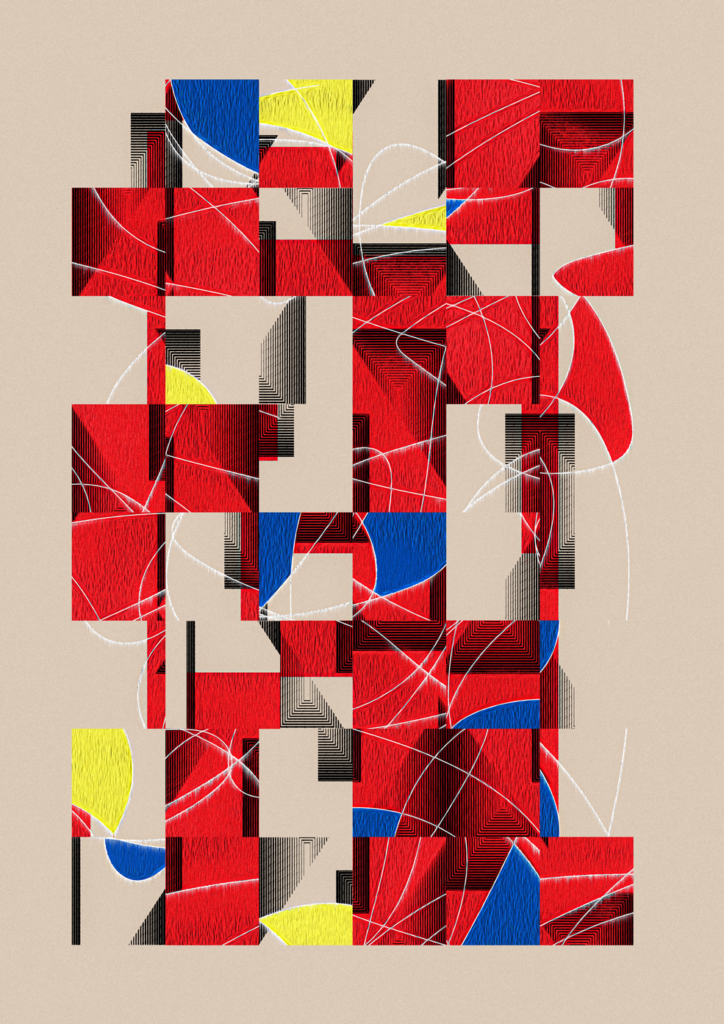
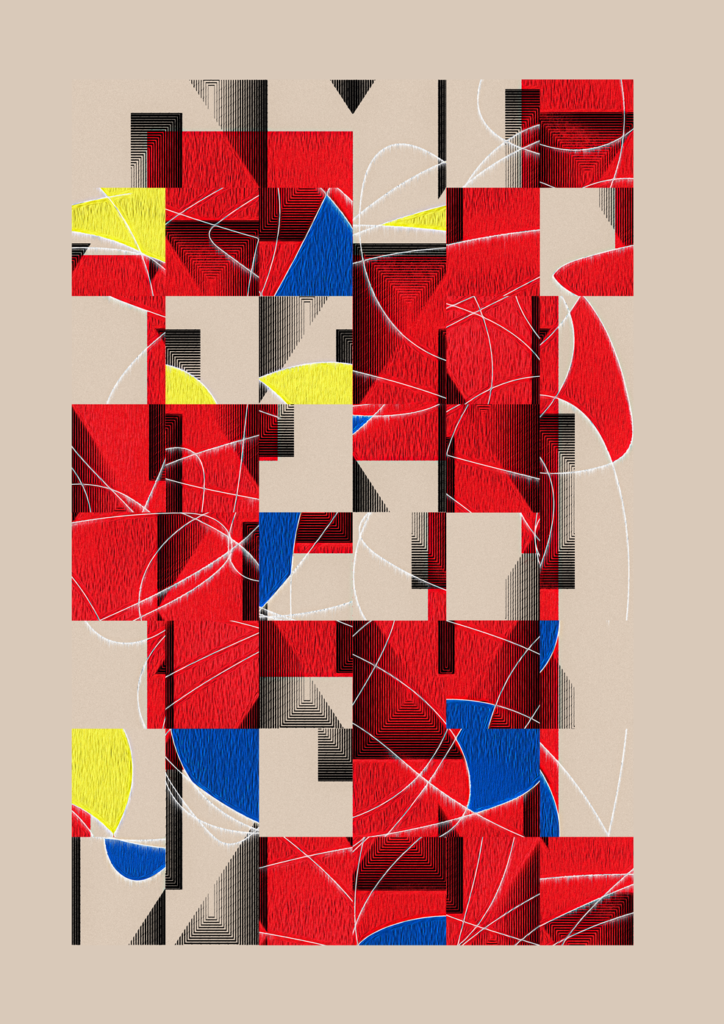
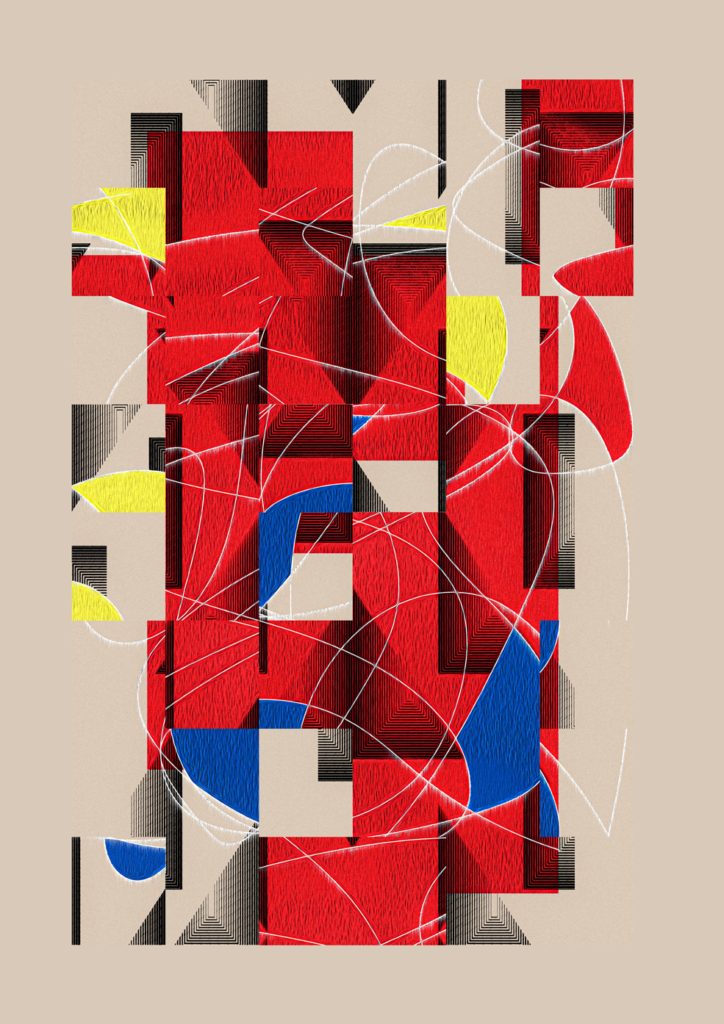
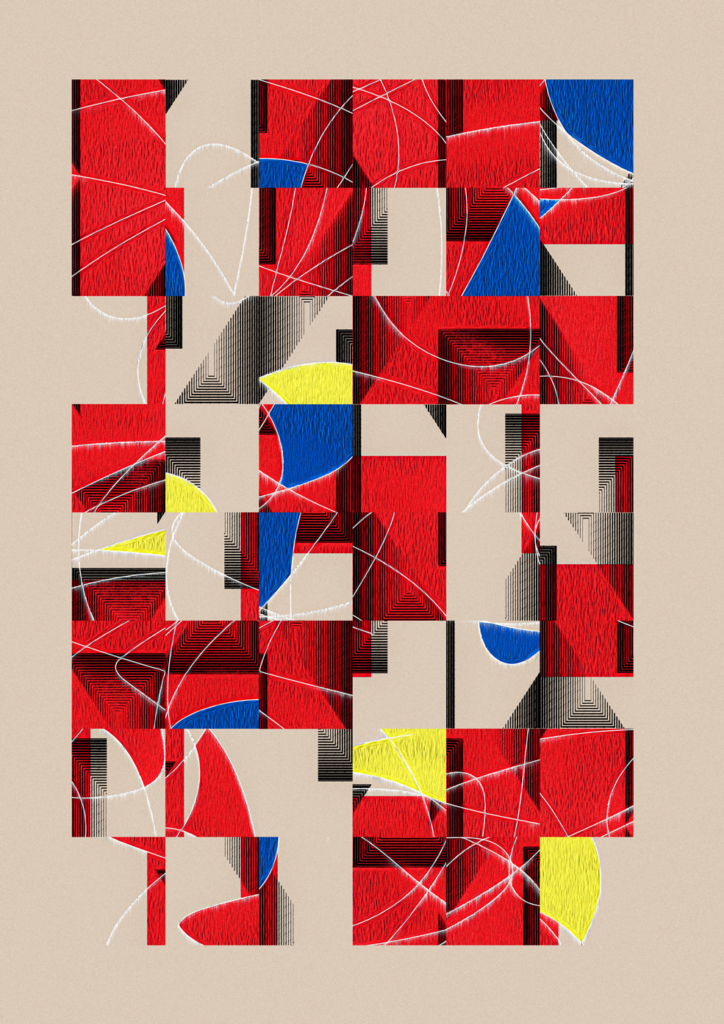

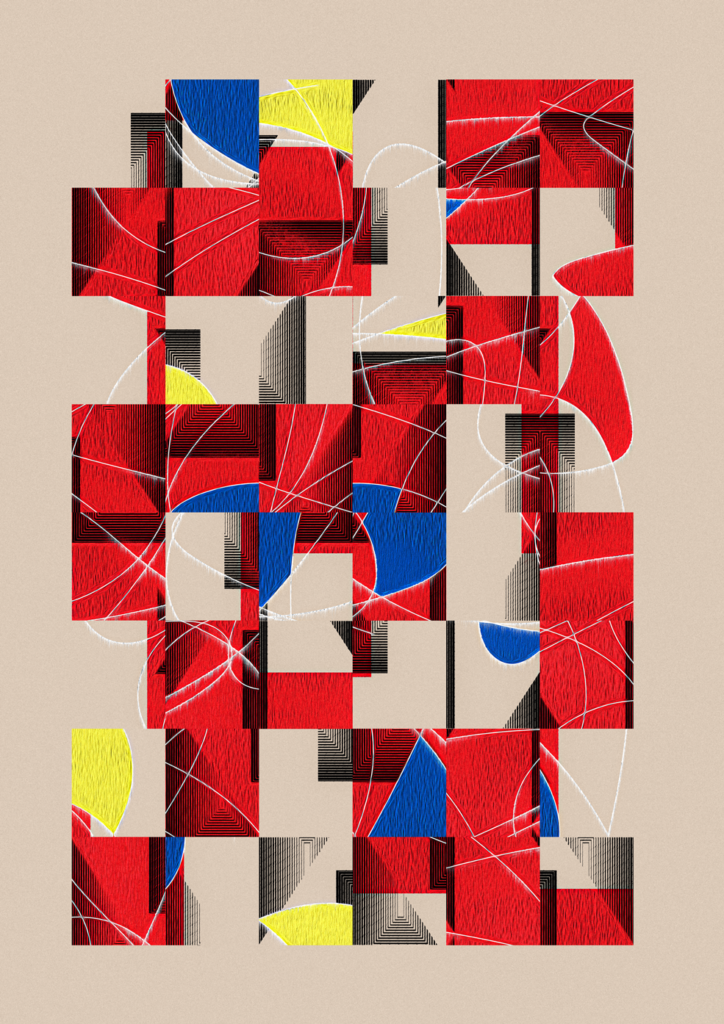

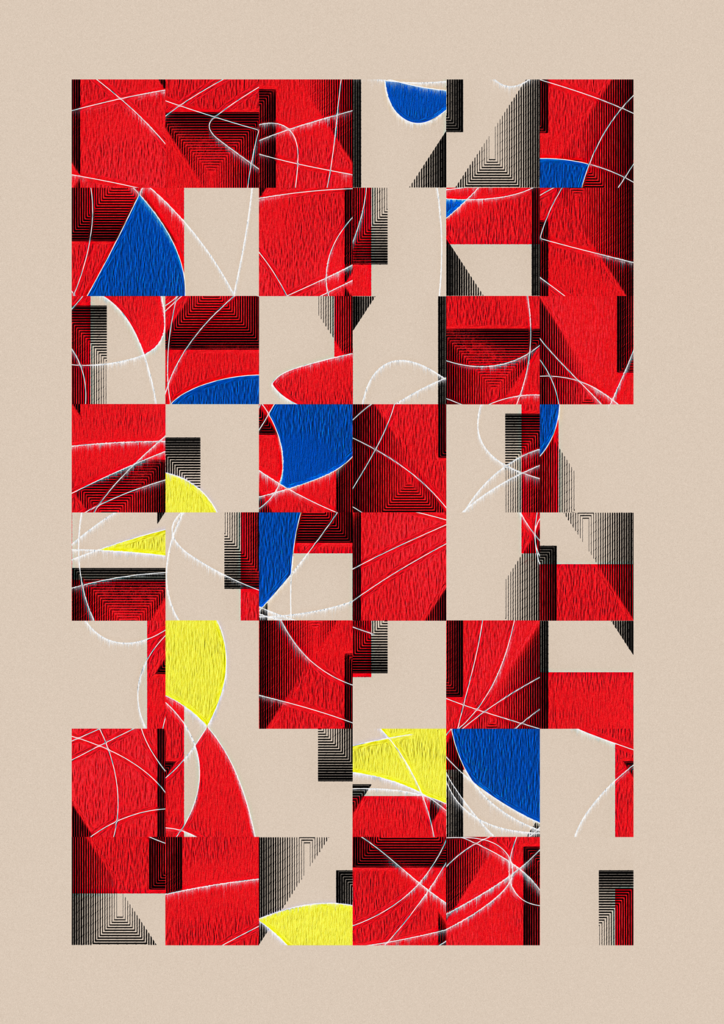
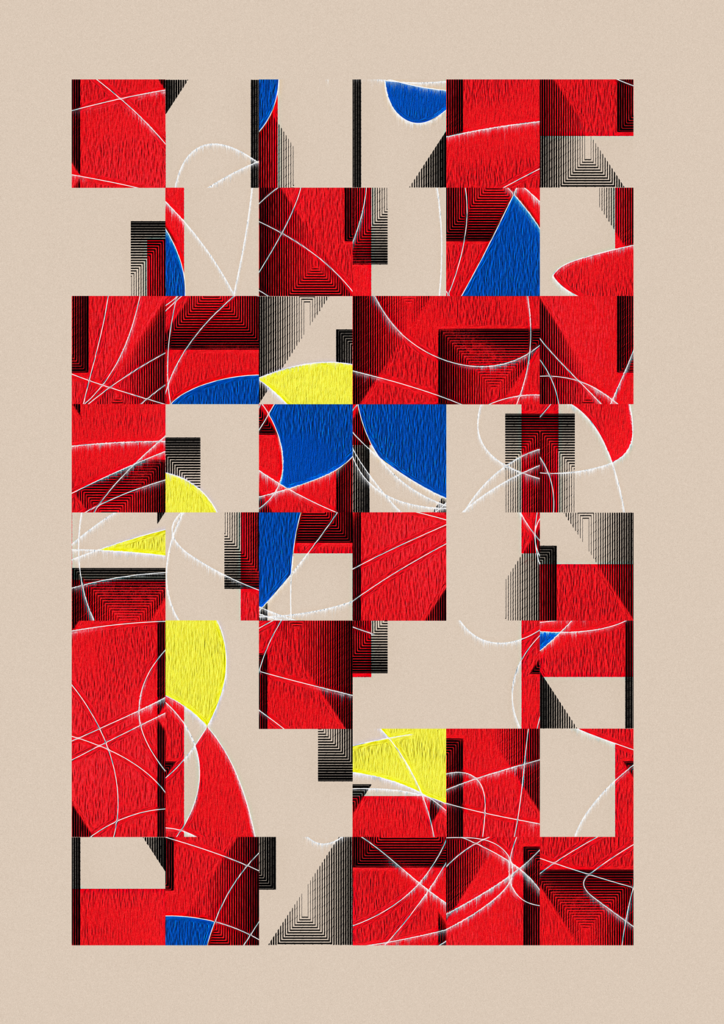
The complete collection will be available on Opensea from Monday May 30.
When buying a piece you will have access to a high quality 40×50 inches version for printing with the author’s signature and a certificate of authenticity.


About the author
Eduardo Larios has been a graphic designer from Mexico for more than 13 years. Passionate about brand design, in the last two years he has experimented and evolved within the world of digital art, specifically in surreal and abstract styles.
Inspired by the firm belief that no algorithm can match the human factor, only copy it. Like the child who whistles the song composed by another person. He decided to venture into the world of NFTs by presenting this collection that represents this belief and show the world that art without the human factor lacks soul and love. Two of the most important elements of a work of art.
